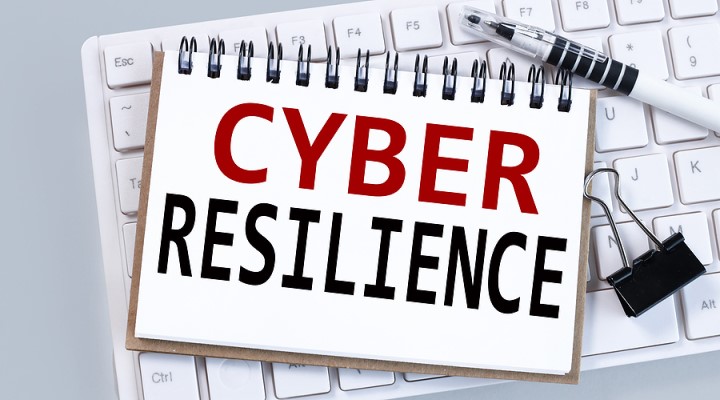The rise of ransomware is apparent, as attacks increased by 15 per cent over the last year. Ransomware attacks have evolved from being opportunistic to hackers now becoming more targeted and complex, increasing not only their chance of success but extending recovery times for victims. Disaster recovery is becoming just as vital as cyber protection.
Naivety plagues SMEs
Despite this mutating prevalence of ransomware attacks, SMEs are not adhering to the warnings of managed service providers (MSPs) and cybersecurity providers. A widespread belief by some businesses is they are too small or insignificant for a ransomware hacker to target, however, this is far from the truth. SMEs are twice as likely to be victims of ransomware attacks, making the need to focus on cyber security imperative. A business’ reduced efforts towards its cybersecurity, presents an easier pathway for hackers to execute a successful ransomware attack.
The misplaced confidence in a business’ stature births extreme vulnerabilities and consequences to ransomware attacks, as the lacklustre attention to its cybersecurity is easily exploited. The new threat landscape eliminates businesses’ luxury of only investing in cyber protection. Ransomware should be considered with the highest of threats, as hackers have the opportunity to access and manipulate a business’ data, whilst the downtime leaks money from the SME’s pockets. Businesses should not just fixate on cyber protection but employ a holistic cyber resilience plan to introduce business continuity.
A shift from cyber protection to cyber resilience
Cyber protection is an integral part to a business’ security, but it shouldn’t be the only component. Reliance purely on protection software and technology can’t compete against the resurfacing complex attacks. SMEs will become stuck in a game of ransomware-wack-a-mole, which they cannot win. Instead, SMEs should put focus on not only prevention but also its detection response and recovery capabilities. SMEs need to shift to cyber resilience to mitigate the effects of triumphant attacks and reduce their downtime. SMEs will struggle to manage and recover from a ransomware attack whilst simultaneously attempting to operate a breached business without a business continuity plan in place. This is what builds cyber resilience.
How SMEs can implement cyber resilience
Cyber resilience requires a more proactive and consistent approach from SMEs. This includes:
- Practice good system maintenance. It is vital SMEs regularly scan and test their cyber security. Although a successful ransomware attack will always induce a negative outcome, if SMEs can recognise vulnerabilities before they develop, it will alleviate damages to the business. An internal plan should be assembled with delegated responsibilities across senior leadership to ensure the business’ cybersecurity is optimal against ransomware. Using multi-factor authentication and completing daily back-ups also leads to a healthy infrastructure.
- Educate and assess for the future. SMEs’ naivety stems from the lack of awareness and education on ransomware threats. Businesses need to understand and assess the current threat landscape, recognising what threats to look out for whilst also identifying internal weak points. Shifting focus to cyber resilience means planning for recovery, so SMEs need to compose an incident response strategy, which contains specific directions for specific scenarios of attacks, avoiding further damages, reducing recovery time and mitigating cybersecurity risk.
- Don’t make it a later agenda. Ransomware will only increase in severity as hackers’ attacks become more complex. It should be an urgency for SMEs to shift their focus to adopting a cyber-resilient approach that establishes business continuity. No business is too small for ransomware.
Regardless of size, businesses can no longer believe they aren’t relevant enough for cybercriminals to attack. SMEs need to understand the dangers of the current threat landscape and implement comprehensive business continuity plans and build cyber resilience to prepare for the growing threats of ransomware.












